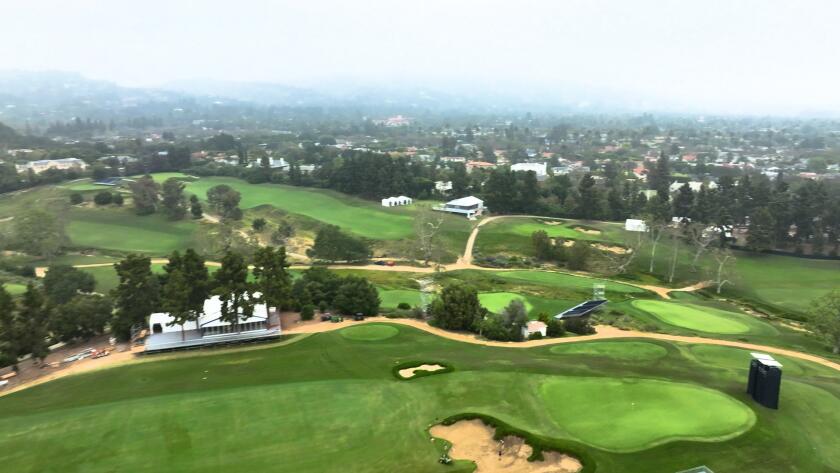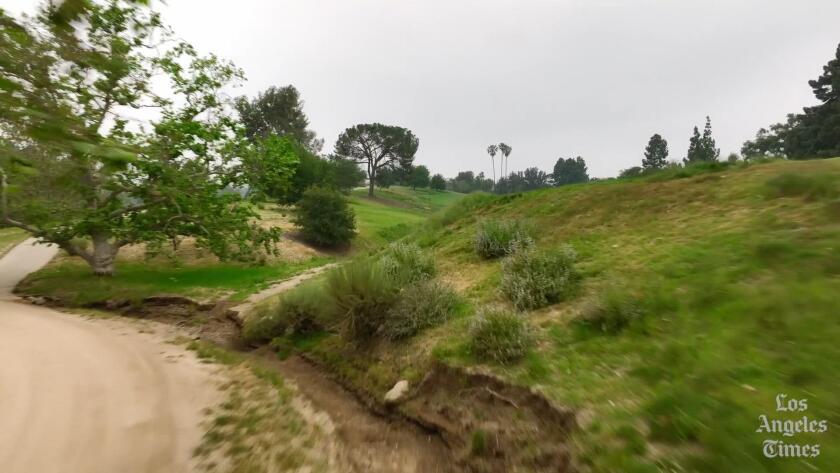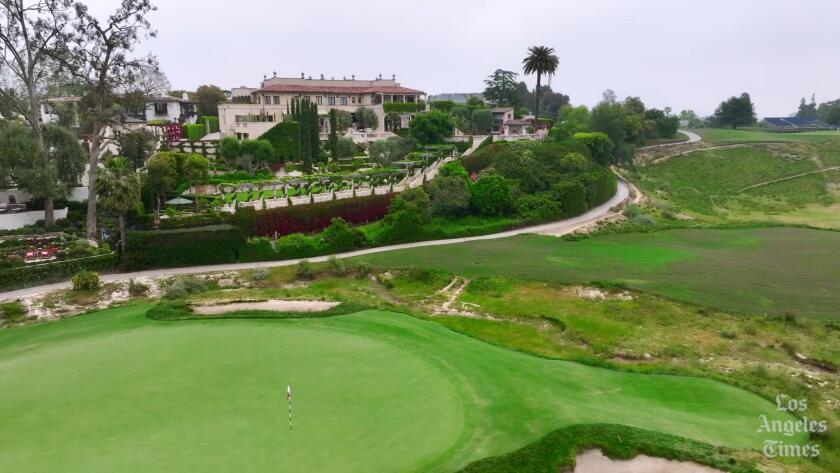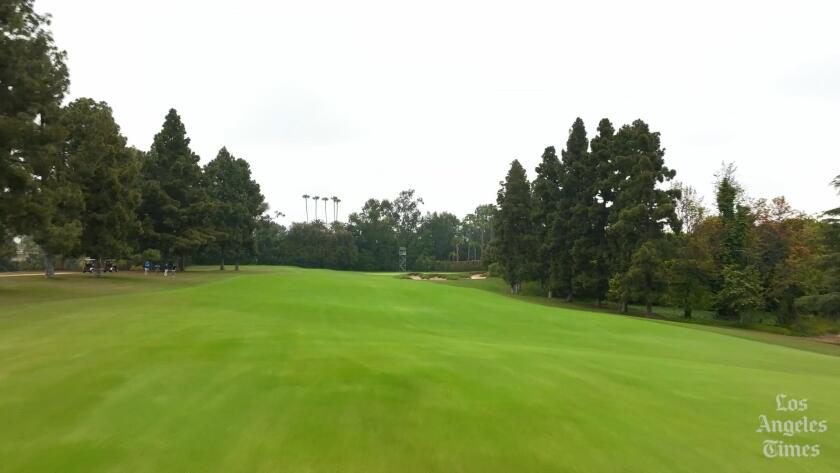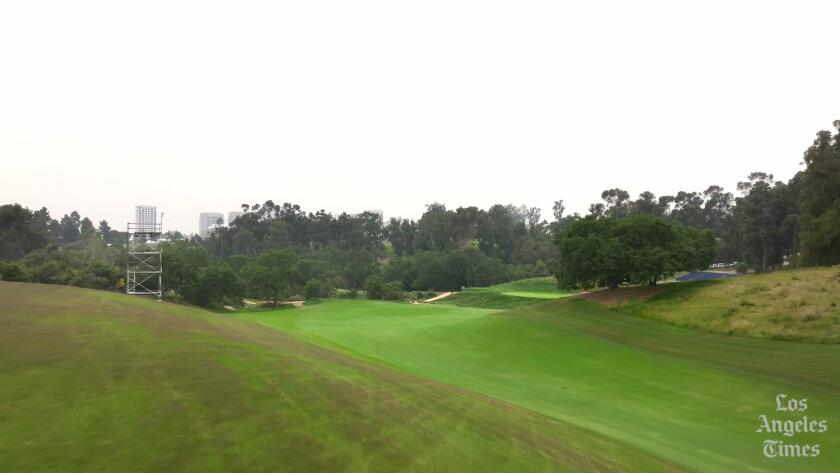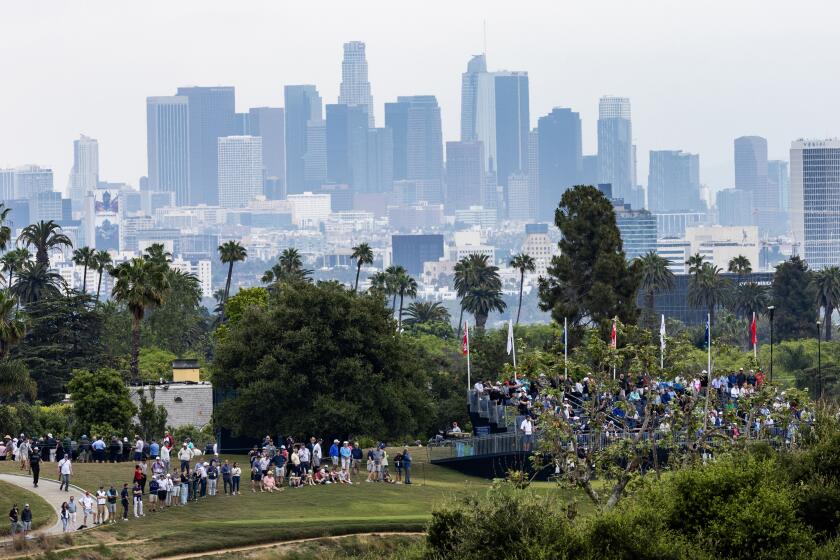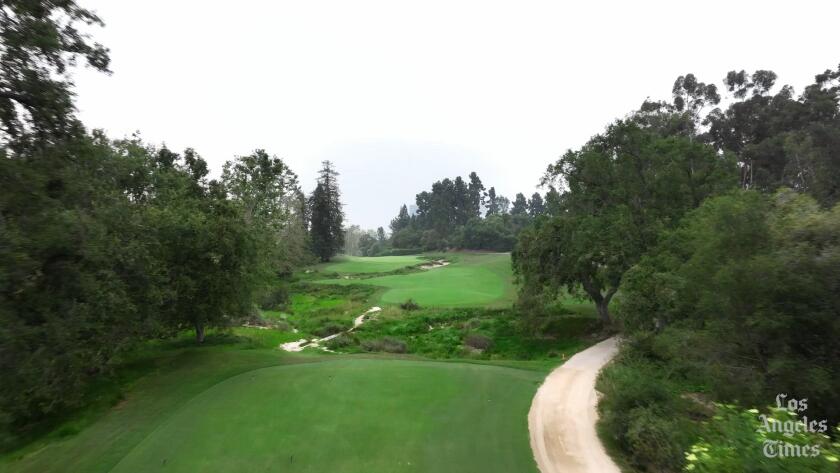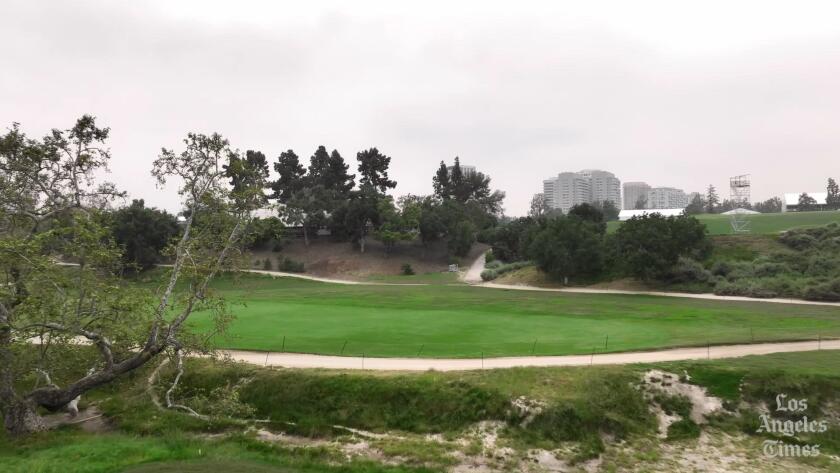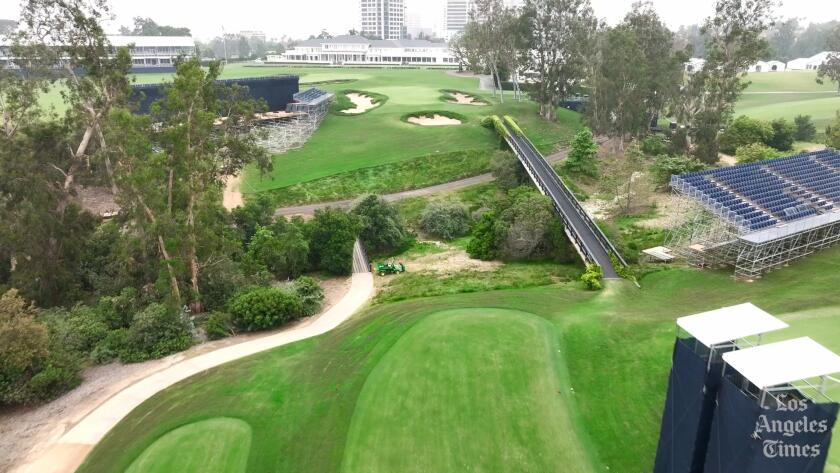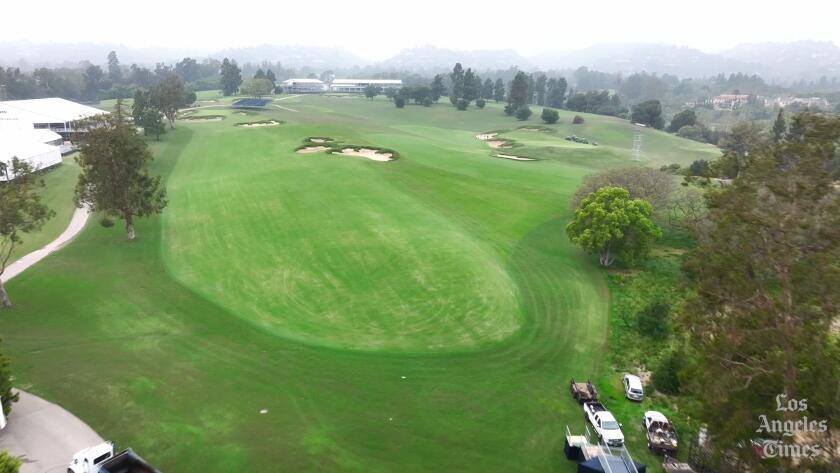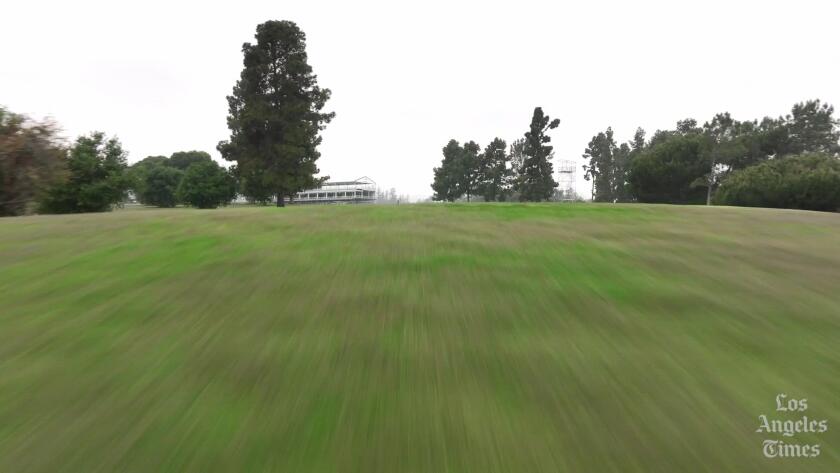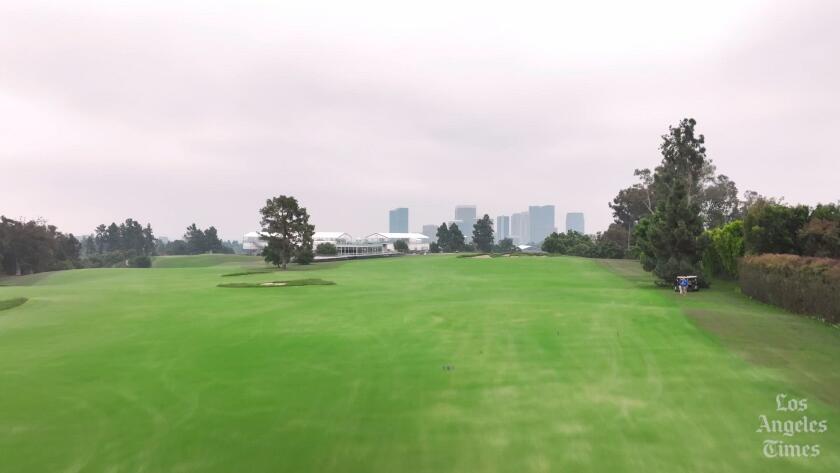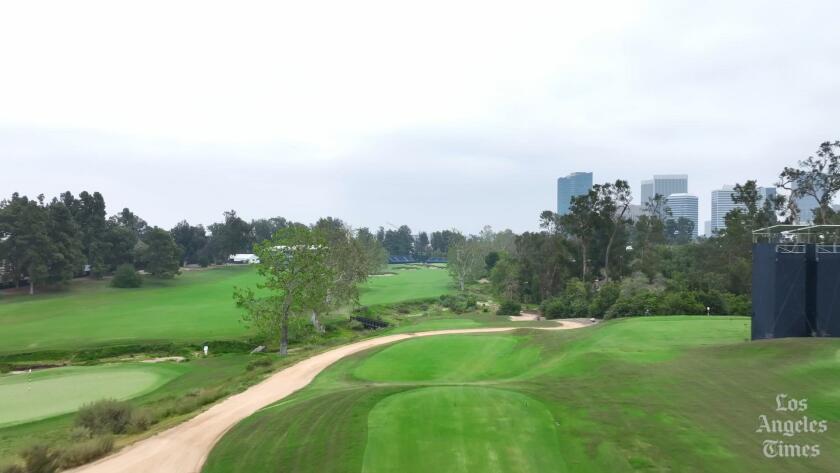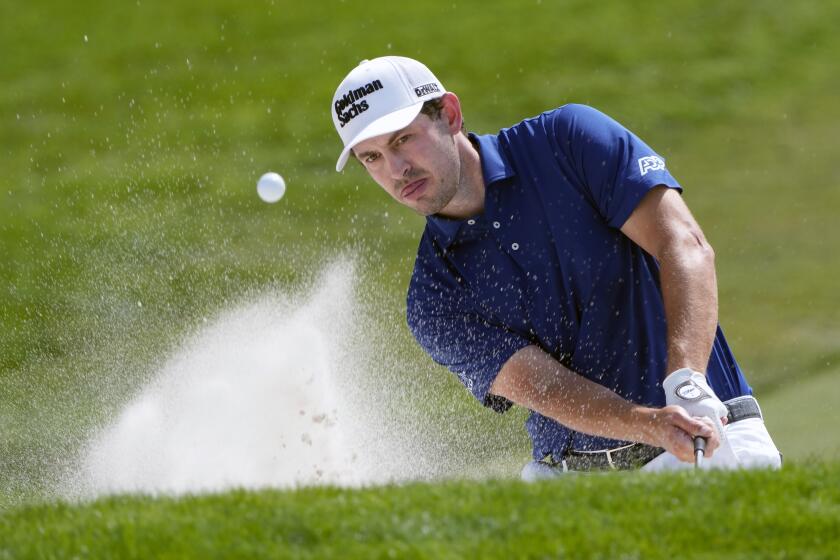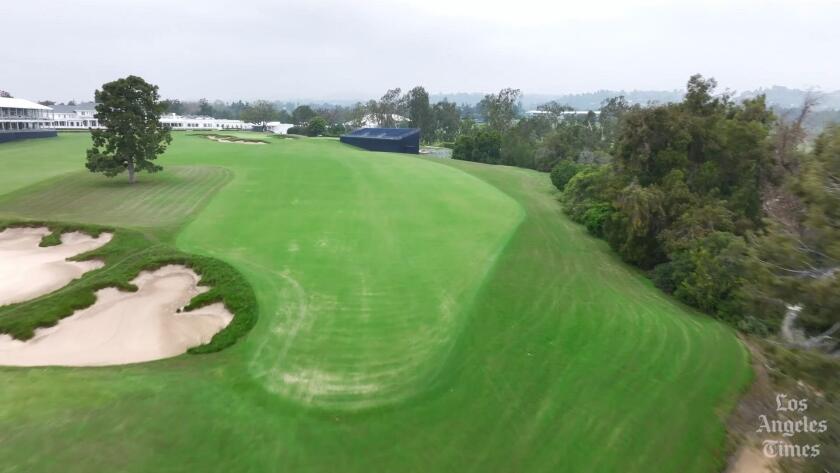Go beyond the scoreboard
Get the latest on L.A.'s teams in the daily Sports Report newsletter.
You may occasionally receive promotional content from the Los Angeles Times.
Honored by the Pro Football Hall of Fame in recognition of his “long and distinguished reporting in the field of pro football,” Sam Farmer has covered the NFL for 25 seasons. A graduate of Occidental College, he’s a two-time winner of California Sportswriter of the Year and first place for beat writing by Associated Press Sports Editors.
Mark E. Potts is the senior editor for video at the Los Angeles Times. A native of Enid, Okla., Potts graduated from the University of Oklahoma with a master’s degree in broadcast journalism. He has created and edited video for DreamWorks, YouTube, Microsoft, Sony and BET.
